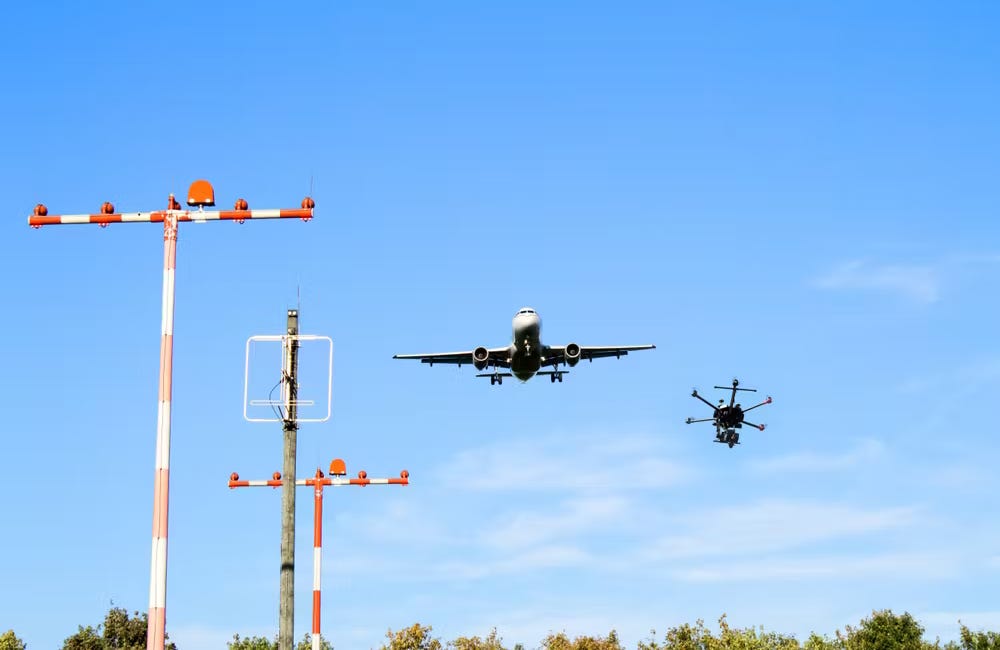SkySafe launches Forensics as a Service, a way to trace drone accidents
SkySafe is trying to close one of the most obvious gaps in counter-drone work, what happens after you spot a drone. The San Diego company has launched Forensics as a Service, a package that bolts digital forensics, reporting, and training onto its existing detection and airspace intelligence platform. The goal is clear, give law enforcement, public safety teams, and security organizations a way to trace incidents back to specific aircraft and operators using data that can stand up in court, not just on a situational awareness screen.
Most serious sites now have some kind of drone detection in place. The harder problem is attribution. Recovered aircraft often hold encrypted or damaged data, and local agencies rarely have the tools or specialists to get inside those logs. That means suspicious flights near prisons, stadiums, borders, or critical infrastructure may be recorded but never turned into solid evidence. SkySafe is trying to address that by treating forensics as part of the same workflow as detection, not a separate, ad hoc effort.
SkySafe Wants to Be the Air Traffic Control for Drones
When SkySafe first told us what they were building it sounded like science fiction. The company, born out of MIT and the Air Force Research Lab, did early work on sensors, drones, and some of the first counter drone programs inside the U.S. Air Force. Their first customers were defense buyers, the Pentagon, and the Japanese military. Th…
Forensics as a Service centers on SkySafe’s cloud platform, which already aggregates data from an extensive sensor network. Customers get access to historical drone activity, visualizations of flight paths, and identification data where available. On top of that, the company is offering covert forensics imaging devices, small systems that can extract and analyze data from recovered drones. The idea is to match flight logs, serial numbers, and other metadata from a seized aircraft to the tracks seen by SkySafe sensors at the time of a violation, so investigators can say with confidence that the drone they have on a table is the same one that flew over a restricted site.
The company is also trying to make the output usable in real cases, not just in internal reports. Its forensics team will help agencies validate data and build legally defensible reports from extracted logs and device identifiers. SkySafe says these reports are structured to meet evidentiary standards and support prosecutions, which has been a weak spot for many counter-drone deployments that stop at “we saw something” without a clean evidentiary chain.
Forensics as a Service includes instruction and certification for up to four personnel, covering how to handle and process devices, interpret drone data, manage evidence, and prepare for courtroom testimony. Exercises are scenario based, meant to mirror real incidents rather than abstract lab work. The message is that customers should not have to ship every drone off to a third party and wait for answers, they should be able to run core parts of the process in house.
“Integrating forensics into drone detection and airspace intelligence gives organizations the ability to truly understand and control what is happening in their skies,” said Melissa Swisher, SkySafe’s chief revenue officer. She called Forensics as a Service “the missing piece that completes that picture” by turning each incident into admissible evidence instead of a one-off alert.
“It gives law enforcement and public safety teams the ability to extract and analyze data from recovered drones, match that data with detections in the SkySafe Cloud, and generate prosecutor-ready reports that can hold up in court. In short, it connects detection to prosecution, transforming raw drone data into actionable, legally defensible evidence,” she said.
As small unmanned aircraft keep showing up around critical infrastructure, commercial hubs, and government facilities, the bar is moving from observation to action. SkySafe now positions itself as the only vendor that combines real time detection, deep analytics, and integrated forensics in a single platform. Whether agencies adopt this model at scale will come down to cost, legal outcomes, and how well these tools fit into existing investigative workflows, but the direction of travel is clear. The airspace problem is no longer just about seeing drones, it is about proving what they did and who was responsible.
“This is urgently needed now because demand has changed. Drone incidents are no longer isolated events; they’re happening daily across cities, borders, and critical infrastructure sites. Agencies need a scalable, predictable way to handle these cases without relying on one-off contracts or outside labs,” said Swisher.



